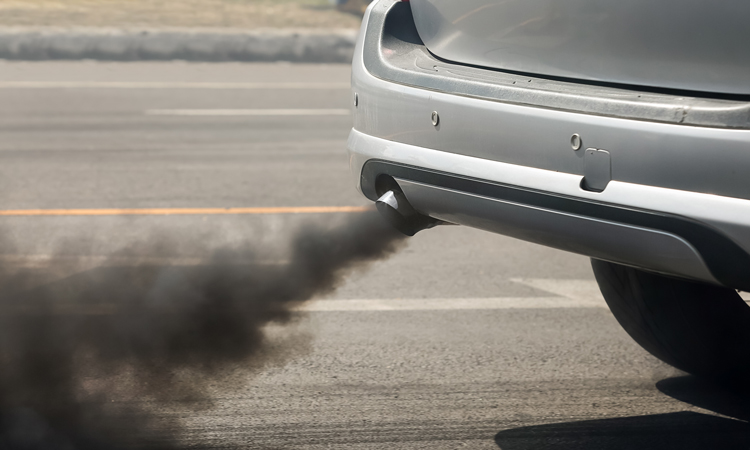Air pollution, noise and congestion are just some of the many environmental damages cited for transport sector. And they can occur at any stage, from production to decommissioning.
Damage to the physical environment
The impacts at local, regional and global level are multiple and cover a very wide range of risks, many of which are related to the production, processing and use of energy resources and associated air emissions. At the regional or global level, for example, the acidification of soils and plants (acid rain), the depletion of the ozone layer or problems related to global warming (greenhouse effect) are now attracting the attention of public authorities and scientists and are at the heart of the debate on the environment.
Air pollution and its effects

In October 2013, the World Health Organization (WHO) classified outdoor air pollution and outdoor air particles as carcinogenic to humans. Air pollutants, and in particular particulate matter, represent a major health issue. In France, exposure to fine particulate matter PM 2.5 is estimated to reduce life expectancy by 8.2 months. According to the WHO, PM10 pollution is responsible for an average of 6% of premature deaths in France, half of which are attributed to road traffic emissions. The latest scientific data further strengthen the link between outdoor air pollution and respiratory and cardiovascular diseases and highlight effects on reproduction, fetal or neurological development.
Nitrogen dioxide (NO2) and ozone (O3) are also toxic to humans and have adverse effects on ecosystems. The health costs (premature death, chronic bronchitis, etc.) of pollution represent between 20 and 30 billion euros (billion euros) each year in France.
Europe has set permissible ambient air limit values for PM 10 and PM 2.5 as well as for NO2. On 1 January 2014, the European Commission sued France for non-compliance with the PM 10 limit values and for failure to implement an action plan in 11 areas. It could continue for non-compliance with NO2 concentration limits in 24 areas. Similarly, France has not respected the ceiling for nitrogen dioxide (NOx) since 2010, set by the European National Emissions Ceilings (NEC) directive on pollutants.
The noise
Transport is also a major source of noise pollution. In France, 10 million people are estimated to be exposed to noise levels above 65 dBA on the façade, including 3 million at levels above 70. Noise is mainly due to road traffic and, to a lesser extent, rail traffic. The noise level corresponding to a comfort sound level (this is an environmental quality objective in some countries) is considered to be 55 dBA. The noise level corresponding to a quiet day in the countryside is 40 dBA. To reach the 40 dBA isophone, away from a highway for example, you have to travel between 1 and 3 km.




